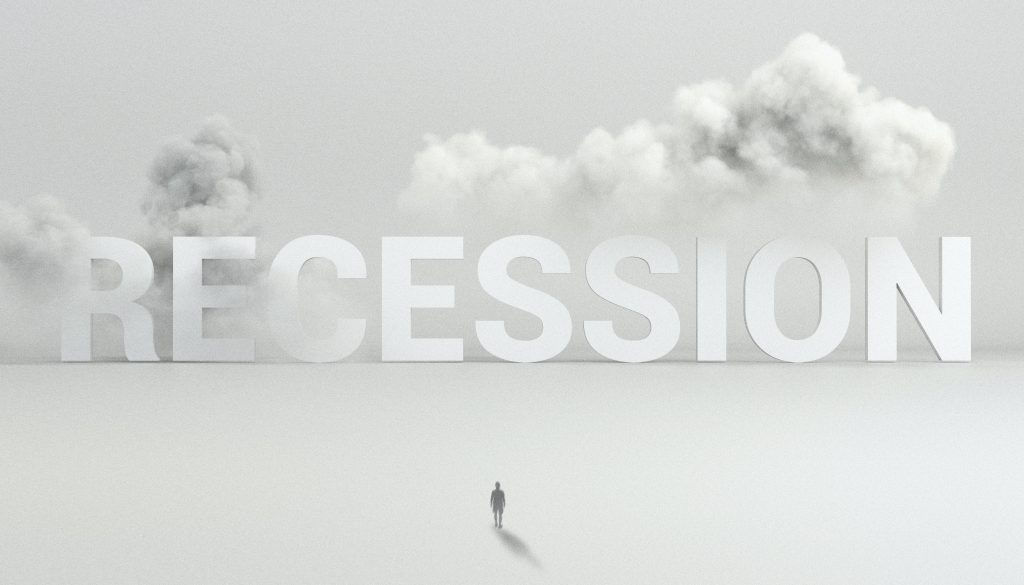Top 5 Lessons on What Will Trigger The Next Financial Crisis
What Will Trigger The Next Financial Crisis
Economics was never meant to be used for forecasting, which is why whenever you ask economists about the next financial crisis, they open their financial history books. While others have already started predicting the next financial crisis, we would like to define its historical nature and timeline. We share the view that financial crises will happen in the future just as they have happened in the past, but we think that a 2008-like meltdown or worse is quite unlikely anytime soon.

Global Recession
In seventy years since 1950 the world economy has experienced four global recessions in 1975, 1982, 1991 and 2009. In each of these episodes there was a contraction in annual real per capita global GDP and broad based weakness in other key indicators of global economic activity. These episodes were highly synchronized internationally, involving severe economic and financial disruptions in many countries around the world.
Lesson 1 – Shock Spotting
There is a pattern to the frequency of crises. There were a record of 27 spikes in the past 90 years which makes the average interval between two crises about three years and four months. Interesting right? Well it gets better, out of the 27 crises, more than half were minor. The surprise rate hike in 1994 and the subsequent emerging market shocks:
| Mexico Crisis in 1995 |
| Asia Crisis in 1997 |
| Russia Crisis in 1998 |
More significant shocks that are alive and kicking in investor memories are the Cuban crisis and the bursting of the tech bubble followed by 9/11. In terms of frequency and timeline we can note the next important Lesson.
Lesson 2 – Investors Have To Expect A Financial Crisis
Combining the most severe crises together, we add another three events to the two during the Great Depression: the oil shocks in the 1970s, the 1987 crash and the Great Financial Crisis. These are iconic and prevail in collective memory. A crisis of such severity occurs roughly every 20 years in other terms about once in a generation.
Lesson 3 – Every Generation Gets A Big One
Every generation gets a Big One is a crisis that shapes their collective memory. When looking at the latest reading of the curve in 2017, it was noted that markets currently trade at the other end of the scale. In fact, price fluctuations are at all time lows on the data set in the chart. Unless there is a severe unexpected shock to the system, the likelihood of running straight into crisis mode at the outset of 2018 seems rather limited.
Lesson 4 – Calm Markets Historically Take Time Before Crisis Mode
There are certain ingredients for disaster
Patterns aside, there are of course fundamental reasons for most crises. In their landmark “This Time is Different”, Reinhart and Rogoff identify four common factors underlying all crises:
Capital flow Bonanzas: Investors piling money into an asset class or region as if there was no tomorrow. The tiger states in Asia that promoted the Asian crisis in the late 1990s are a good example of this.
Financial innovation: Few cynics claim that the last financial innovation was the automated teller machine (ATM) back in 1966. Unfortunately, that is not true. A more recent example is the subprime crisis: US banks were incredibly innovative in securitizing their mortgage books. With well known consequences.
Housing Booms: The US example more than a decade ago, or the Swedish experience in the early 1990s.
Financial Liberalization: For Instance during the Reagan years, when the government massively reduced financial regulation. To claim that the 1987 crash was the result of financial deregulation seems rather daring.
Lesson 5 – Capital Flow Bonanzas
In view of the natural rhythm and frequency of the average financial crisis as well as the current record-low temperature in markets, the next financial crisis should not be with us before 2019 (roughly four years after the commodity crisis in 2015/2016) and a generational shocker should not occur before 2025 (roughly 18 years after the Great Financial Crisis). Looking at the four factors identified by Reinhart and Rogoff, we see that only one of them applies (and only partially so). You could indeed claim that we have seen a capital-flow bonanza, particularly in fixed income as rates have reached ever new lows recently. More extravagantly, the rise of cryptocurrencies, with bitcoin as the poster child, points to similar excesses.
As for the other three factors, we struggle to find them: financial innovation seems far off, with banks busy downsizing businesses and increasing their capital bases in the past few years. Housing booms can be spotted in some places, such as Silicon Valley, tier-1 Chinese cities, Sweden and Germany, but they are not as broad-based as back in 2007. And certainly, the most important economy, the US, is still far away from a major housing bubble. Finally, financial liberalization is still far out, as regulatory burdens have steadily increased worldwide in the past decade as a consequence of the Great Financial Crisis.
Conclusion
To conclude, then, while it makes sense for investors to have the nature and preconditions of financial crises on their radar screens, a closer look at historical patterns and fundamental reasons does not suggest an increase in the odds of another financial crisis. This does not mean, of course, that stock markets will not see a correction of (say) 5%+ this year, or that an unprecedented external shock cannot trigger a major meltdown. All we want to convey to investors is that the usual doomsayers do not have a strong case at the moment and that their shocking statements should be taken with a ‘rock’ of salt. The next financial crisis will hit markets at some stage – that is what history tells us. Whether it will be in the next 12 to 24 months is highly doubtful.

